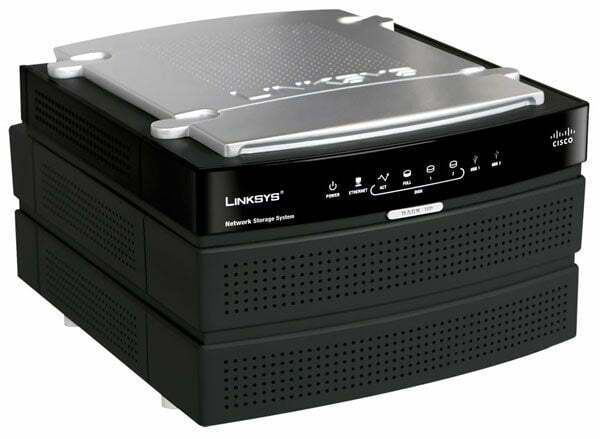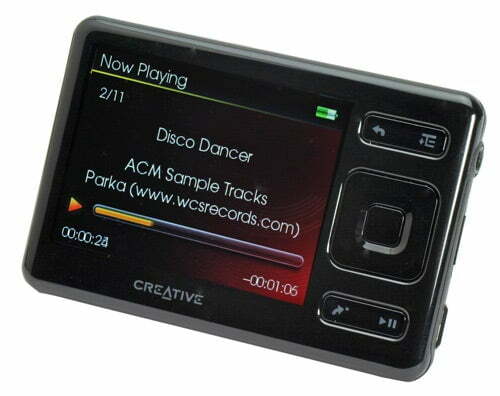Samsung DVD-SR150M DVD Recorder Review
In terms of features and versatility, Samsung’s DVD recorders have always played second fiddle to competing decks like Panasonic and Sony, but the Korean brand makes up for it in one key area – price. No matter what the quality of the competition, you can rest assured that Samsung will come out with something that works almost as well for less money – and that’s the bottom line for most consumers.
The DVD-SR150M is a good example of this. You can find it online for under £100 – cheaper than the esteemed Panasonic DMR-EZ27 – but a look at the SR150M’s features shows it shares some of the Panny’s capabilities, the most notable of which is DVD-RAM recording.

It gives any DVD recorder using this flexible format the ability to behave as if there was a hard drive inside, with non-linear editing and simultaneous recording and playback. On the downside, only a handful of DVD players support it, which might limit you to just watching RAM recordings on that deck – a real bummer if you’re recording something downstairs and want to watch it later in the bedroom.
The solution, of course, is to use one of the other supported formats, in this case DVD-RW, DVD-R or DVD-R Dual Layer, the latter doubling the maximum recording time of a normal single-layer DVD-R. There’s no DVD+RW or DVD+R support, which belies its true “multi-format” status, but overall these four formats should do the trick.

Samsung gets it right when it comes to looks, giving the sleek SR150M the perfect blend of high-tech chic and down-to-earth practicality. The slanted bezel protected by an overhanging “hood” is an unusual but effective touch, while the sleek black color scheme and bright blue lights are guaranteed to be a crowd pleaser. The minimal arrangement of buttons shifts the user burden to the remote control but leaves the bezel refreshingly uncluttered, while a number of AV inputs and a DV connection have been sensibly hidden under a flap.
The rear, however, reveals a disappointing – no, shocking – omission: there’s no HDMI output. Yes, the SR150M is part of last year’s range, but that’s no excuse – even the most basic of TVs have had HDMI inputs for a while. That means you don’t get the picture quality benefits that this all-digital connection offers, and it also means you miss out on the Hi-Def upscaling that HD Ready or Full HD TV owners tend to do could look elsewhere.
Instead you have a choice of progressive scan capable component video output and RGB SCART, both of which can deliver strong picture quality. There are also S-video and composite video outputs as well as a second RGB-capable SCART socket, which is used to connect an external TV receiver (e.g. a Sky box) for high-quality recordings or to loop through the signal Your TV.
On the audio side, you’ll find optical and coaxial digital audio outputs, used to feed Dolby Digital, DTS and PCM into an AV amplifier, as well as a stereo audio output for good measure.
The deck partially makes up for its lack of HDMI with a Freeview tuner, allowing shows to be recorded straight from the built-in 7-day EPG. If your Freeview reception isn’t up to scratch yet, there’s also an analogue tuner to fall back on. The digital tuner offers the usual MHEG-related features (digital text, interactive services) and favorites lists, but don’t expect any frills like daisy-chaining or infrared control of external digital TV receivers.

Before you click on the recording, you can select one of four quality modes – XP, SP, LP and EP. XP uses the highest bitrate of 8.5Mbps, which means you can only cram an hour’s worth of recordings onto a single-layer disc, but it offers the best picture quality. In SP, LP and EP modes, the bitrates drop to 4.5Mbps, 2Mbps and 1.6Mbps respectively, allowing you to pack two, four or six hours onto a disc – but the picture quality drops every time. In addition, there is an eight-hour EP mode (1.2 Mbit/s) and flexible recording, which selects the appropriate mode according to the space left on the disc.
After you’ve made a recording, it can be tweaked using the deck’s editing features. At the most basic level, you can rename the recording, protect it from accidental deletion, or define your own chapter points. But if you use DVD-RAM, you can create a playlist with selected scenes without affecting the original recordings. It’s a nice feature, especially for camcorder owners who want to piece together a montage from footage they’ve shot themselves, and it’s easy to do – an intuitive screen lets you enter start and stop points as you play back the recording.

In fact, the rest of the interface is impressively designed. The setup menu offers neatly arranged options supported by eye-catching graphics, while the EPG somehow fits the program list, program summary and a box playing live TV on one screen, but makes the whole thing look logical and uncluttered. Digital TV performance is generally good too, although changing channels is slower than we’d normally expect. The only other operational disappointment is the remote, which looks good but has too many small, indistinguishable buttons for our liking.
As for performance, and the SR150M takes an unusual approach to recording Freeview programmes. You can only record from the digital tuner in flexible recording mode, which means that when you press the record button, the appropriate mode (XP, SP, LP or EP) is automatically selected according to the quality of the incoming signal. For example, it chose SP for a BBC One recording but LP for a Channel 4 broadcast.
The idea is to keep you from taking up more disk space than necessary by choosing a bitrate that’s too high for the source, which is all very helpful, but to be honest we’d prefer to decide for ourselves Thanks. The only way around this is to set the timer, but it’s a bit of a hassle.

However, we don’t let this limitation detract from the deck’s strong visual quality. Freeview footage in XP and SP modes looks sharp and colourful, with pleasingly low noise, and in LP the results are superb to see. The images in Soft EP mode raised a few eyebrows, but that’s par for the course at such a low bitrate.
Luckily you can change the quality setting manually when recording from an external source via SCART. XP footage from a Sky+ box is superb, which is great news for those hoping to archive footage stored on a hard drive PVR.
Playback of store-bought DVDs via the component or SCART outputs benefits from the deck’s impressive color and detail reproduction, but HDMI might have eliminated the hint of punctual noise at the edge of some objects. The deck will also play DivX, MP3 and JPEG, all of which will look and sound great on a good TV or sound system.
“‘Verdict”‘
That might not worry the big Japanese guns, but overall the DVD-SR150M puts in a respectable performance. It looks great, recorded picture quality is strong and DVD-RAM recording and a Freeview tuner offer the stunning combination of flexibility and convenience.
Ultimately, however, the lack of HDMI output – and the HD upscaling that usually comes with it – makes it feel antiquated, and while the sub-£100 price point is tempting, we’d encourage you to spend a little more on an HDMI-equipped models like the Panasonic DMR-EZ27 or even the Toshiba D-R17DT.
points in detail
performance 8
functions 6
value 7





















































